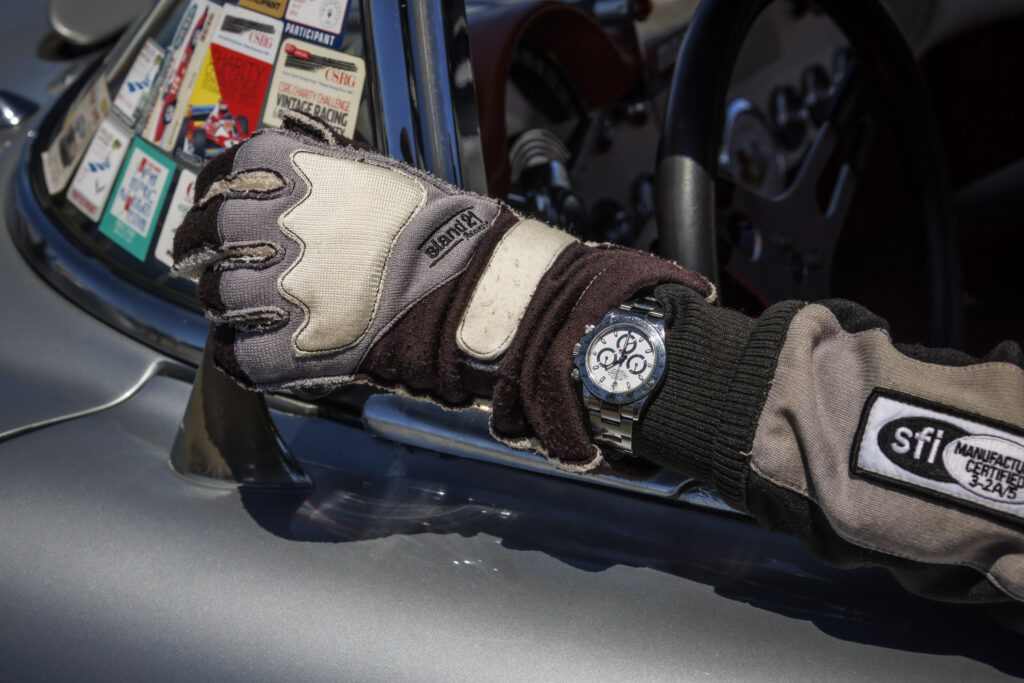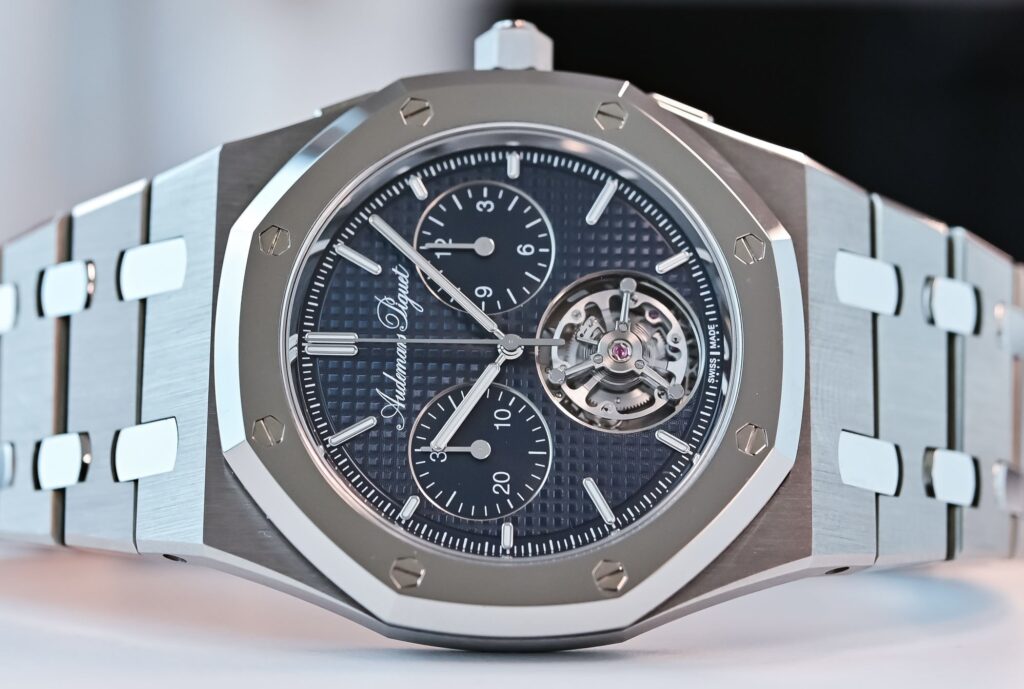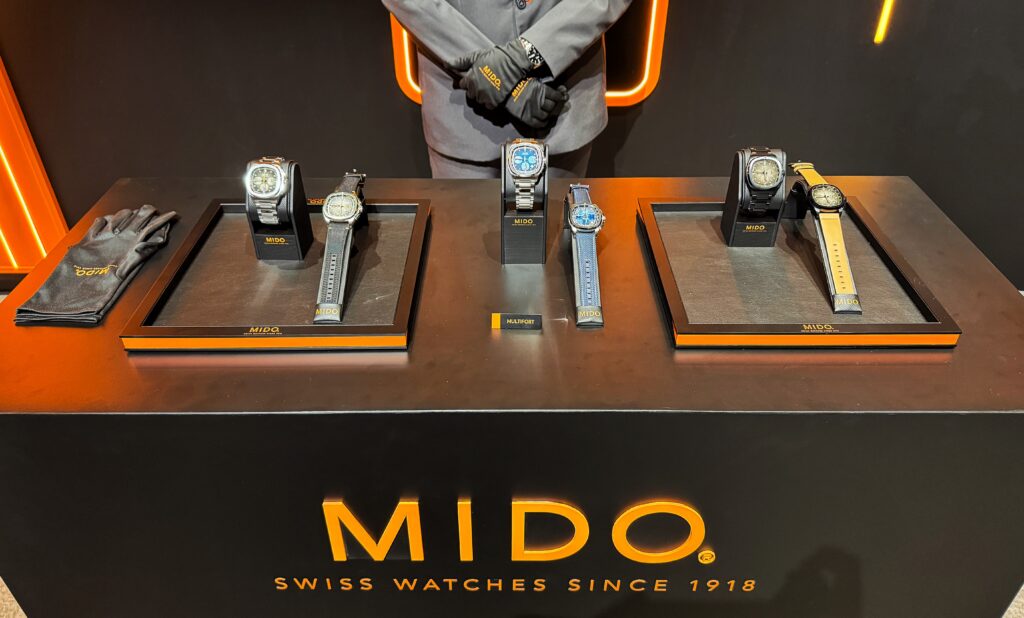The Roley Grail
The Rolex Daytona, officially known as the Rolex Cosmograph Daytona, is one of the most iconic timepieces in the world, particularly renowned among automotive enthusiasts. You can ask any automotive enthusiast (including me) about some of their dream watches and the Daytona would be on their wish list. Its origins are deeply rooted in the rich history of motorsport, and its significance to us car lovers extends beyond mere aesthetics; it symbolizes precision, performance, and an enduring connection to the world of racing.
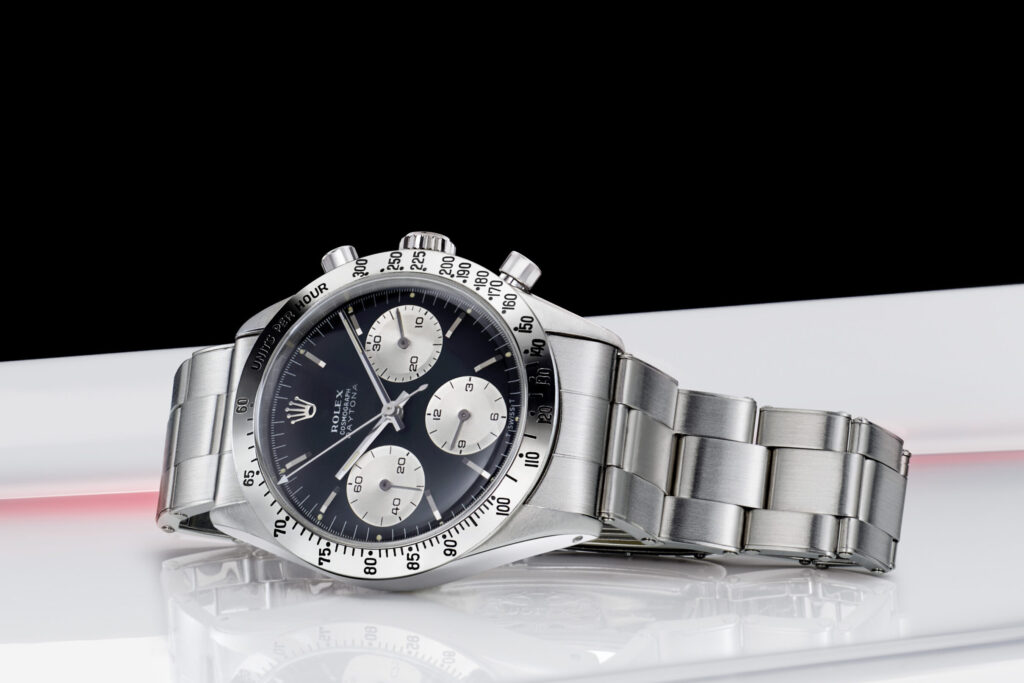
Born to Race
The birth of the Daytona can be traced back to the 60s (particularly 1963), a period marked by exponential growth in motorsport. The iconic name “Daytona” pays homage to the Daytona International Speedway in Florida. It was a golden era for auto racing, with the formation of professional racing organizations and motorsports events like the 24 Hours of Daytona, which began in 1966.
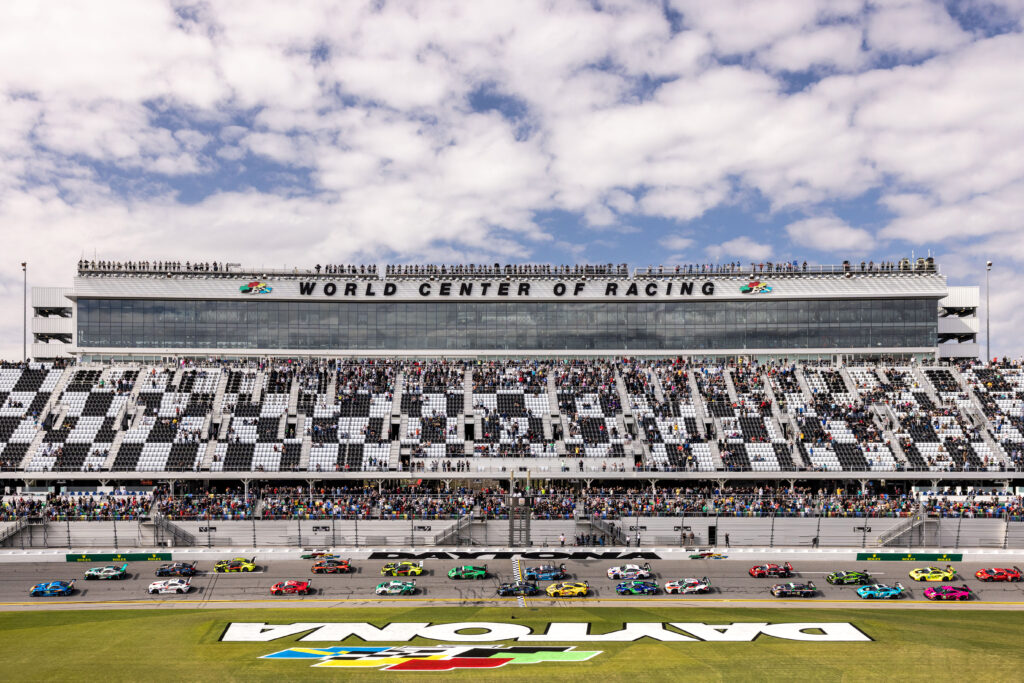
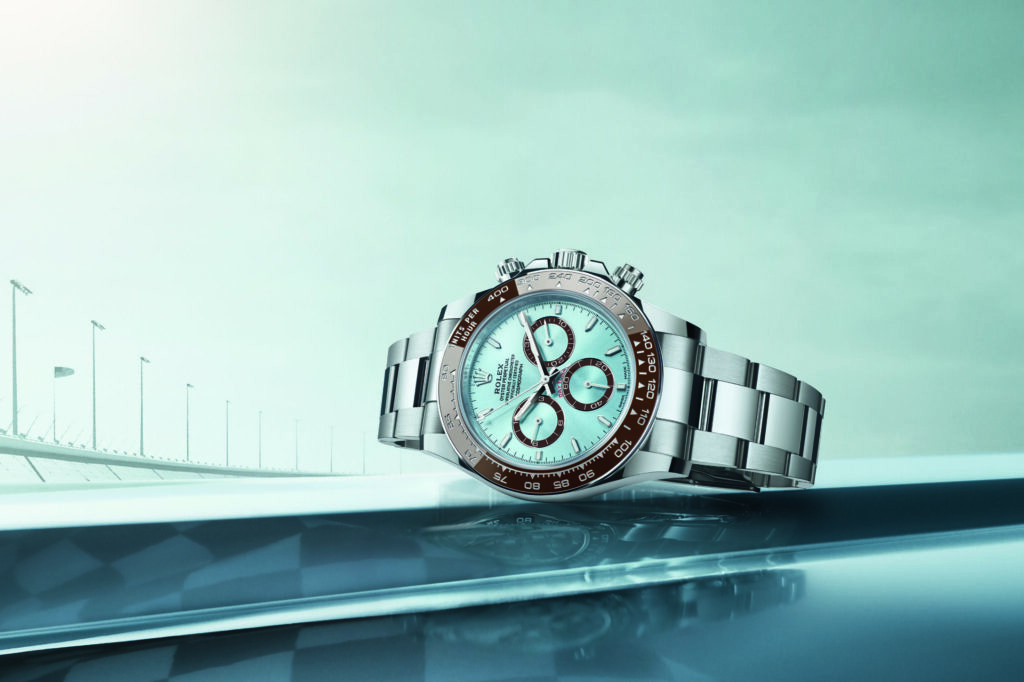
Rolex, known for its precision timekeeping and a desirable status symbol, sought to align itself with the rigorous demands of motorsport and became the official timekeeper for the 24 Hours of Daytona. In this quest, the brand developed a chronograph that would cater specifically to motorsport participants and enthusiasts. This was the birth of the Cosmograph Daytona.
Today, Rolex is also the official timekeeper of the 24 Hours of Le Mans, a distinction the fabled company has held since 2001. The classic French race is held on the second weekend of June since 1923. It is the oldest and most respected endurance event in the world.
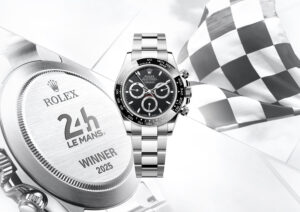
Form and Function
The first Daytona was housed in a case that was both elegant and functionally designed for a racing environment. Early models were equipped with the reference 6239 – powered by a Valjoux 72B movement, it featured a tachymetric scale on the bezel, allowing drivers to calculate speed based on timed intervals which is an indispensable tool on the racetrack. Its design incorporated three subdials for measuring elapsed time, and the watch itself was crafted for durability and reliability. The strategic partnership in motorsports allowed Rolex to stay attuned to innovations in racing techniques and the technological advancements which would later be integrated into their horology.
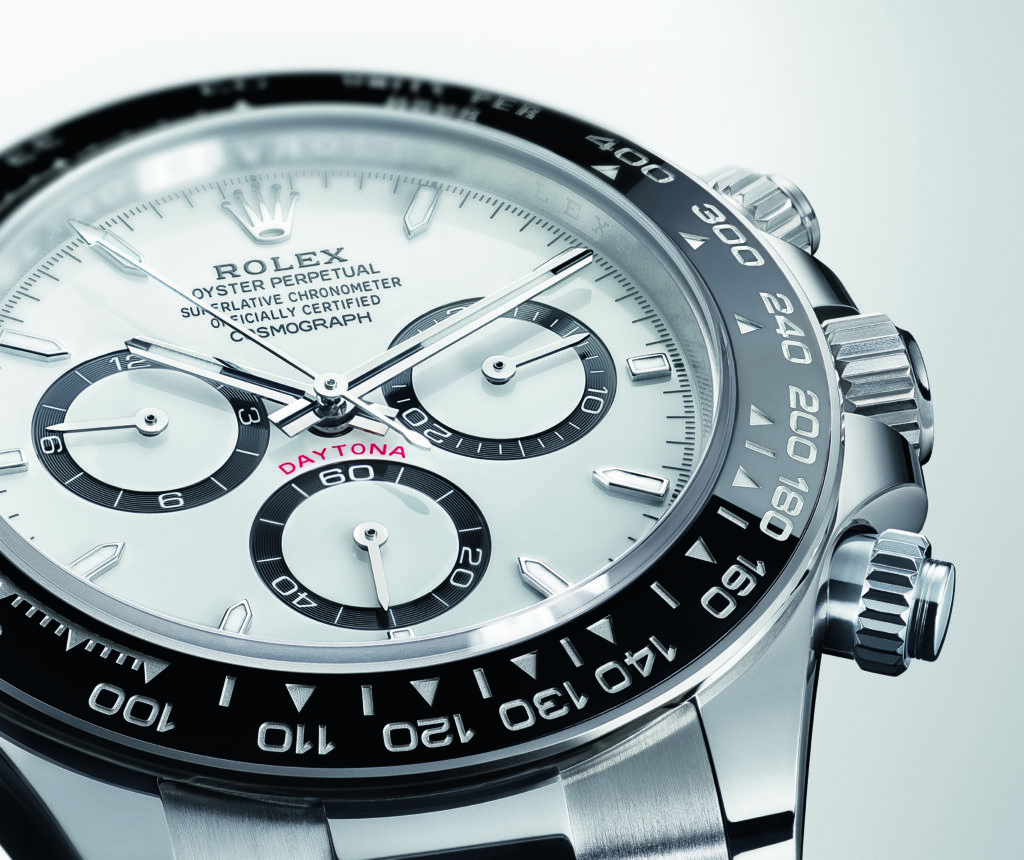
Rise to Fame
The Daytona didn’t attain the fame it enjoys today until later years. Its fortunes shifted rapidly throughout the 1970s. As motorsport garnered greater mainstream attention, the Daytona began its ascent into the creme de la creme of desirable luxury watches.
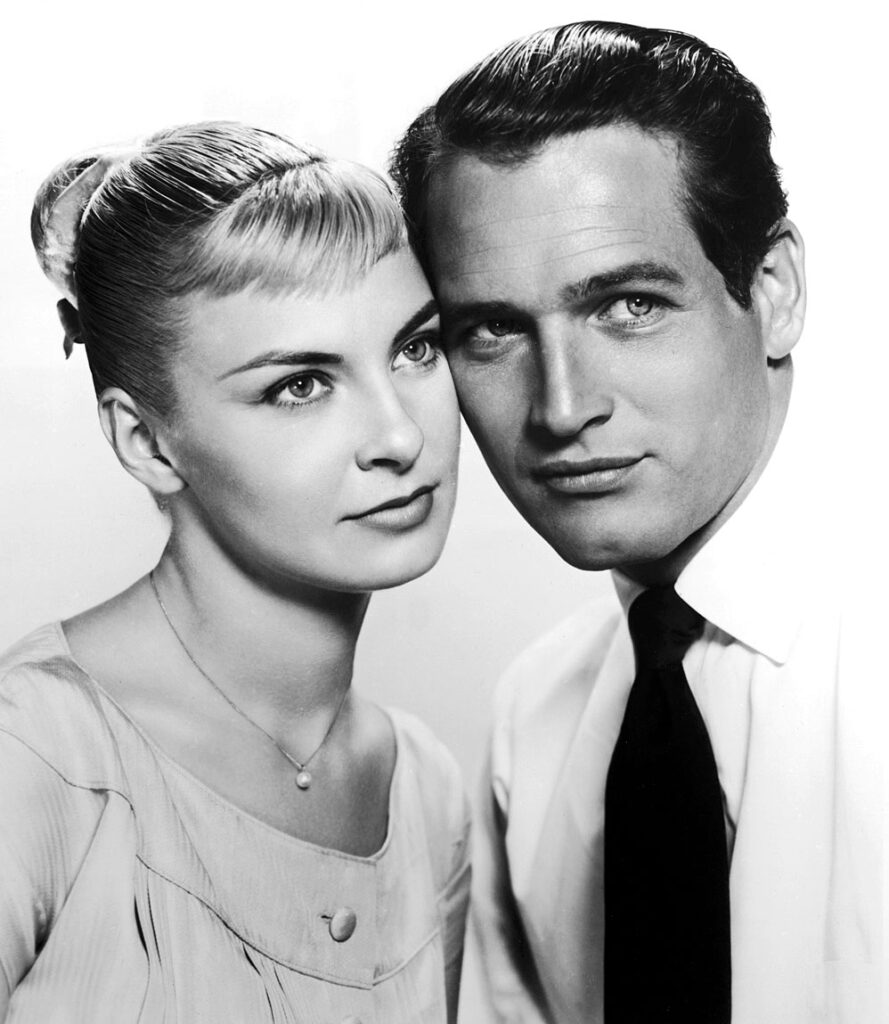
We should thank Joanne Woodward for gifting a Daytona, a Reference 6239 to his husband in 1968. Who was the husband you may ask? No other than Paul Newman, who is not only a renowned actor, but also a passionate car racer. The watch was purchased at Tiffany & Co for $300usd and she had the back of the watch inscribed with “DRIVE ME SAFELY” as a memento and wish for safety as he pursued his racing career. Later, Paul Newman received another Daytona, Reference 6263 with the inscription “DRIVE CAREFULLY, JOANNE”.
The term “Paul Newman Dial” was coined shortly after. This refers to certain vintage Daytona models, particularly those with a distinctive dial that features an artful design, contrasting sub-dials, and an overall aesthetic that differs from standard Daytona models. Although this design was not initially marketed as his signature model, its association with Paul Newman grew over time, largely due to his personal preference for these dials.
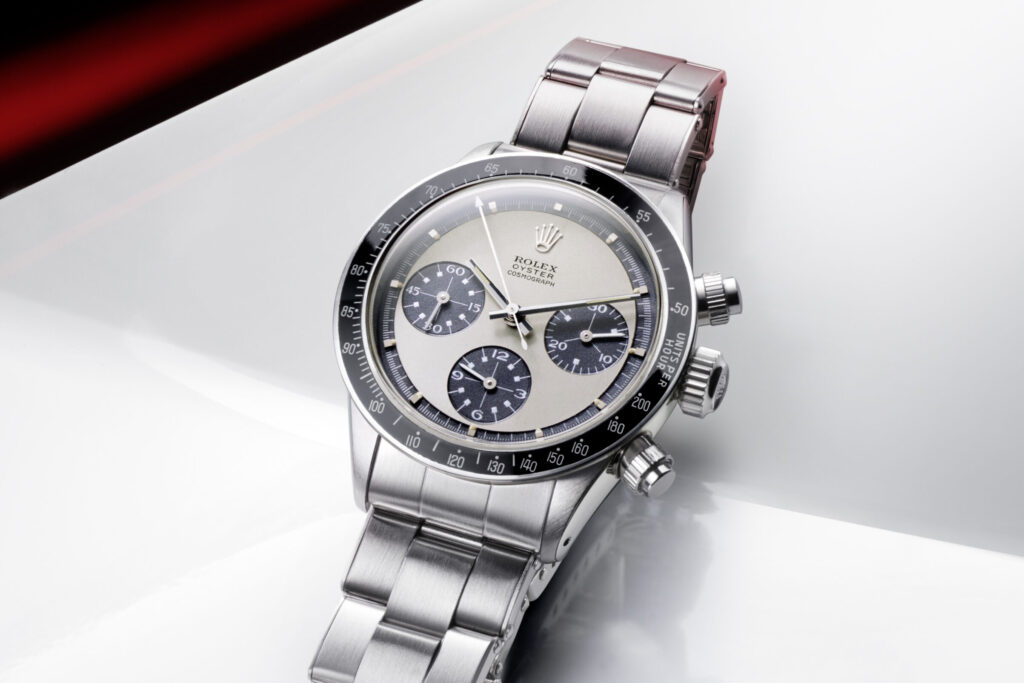
Newman wore his Rolex Daytona during the filming of the 1969 movie “Winning,” which is set in the Indianapolis 500. His portrayal as a race car driver helped cement the Daytona’s status not only as a tool watch for racers but also as a cultural icon linked to cinematic history. The movie also solidified Paul Newman’s lifelong passion for motorsport and help found the Newman-Haas Tacing Team which was one of the most successful teams in the IndyCar, CART and Champ Car open-wheel series.
In 2017, Paul Newman’s personal Daytona was auctioned for an eye-popping $17.8 million, setting a record for the most expensive wristwatch ever sold. This not only highlights Newman’s influence on the Daytona but also solidifies how the watch represents a fusion of lifestyle, motorsports, and luxury timekeeping.
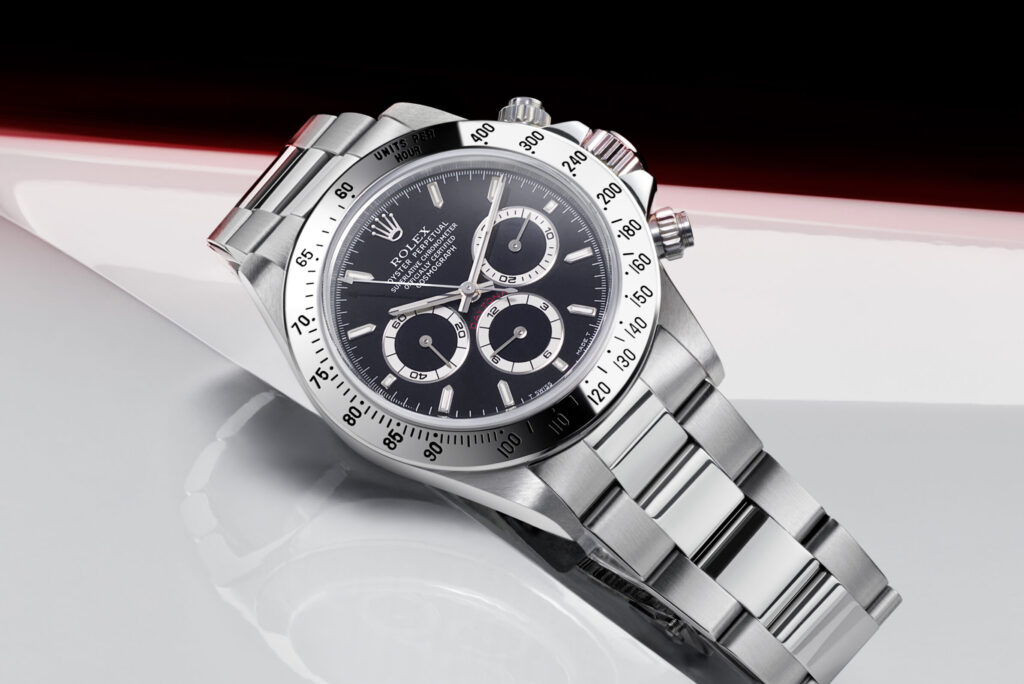
A decade ago, I could vividly remember being offered a Steel Daytona for Php600k and yet I ignored it and just used up my money buying car parts for my project car. Now, prices here in Manila have surged to beyond Php1.5m and up – and that’s not even for precious metal versions!
Technical Innovation and Features
Beyond its glorious past and aesthetic allure, the Rolex Daytona is distinguished by its technical features that cater to the demands of motorsport. The chronograph function, allowing for accurate timing measures, remains a critical feature for racers. The tachymetric scale on the bezel measures speed, permitting users to calculate their pace through timed intervals – a fundamental tool for racers and speed enthusiasts.
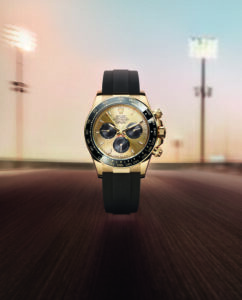
In the 2000s, Rolex transitioned to its in-house movements, notably the self-winding Caliber 4130, which featured a more efficient chronograph function combined with enhanced durability. This innovation showcased Rolex’s commitment to precision and reliability, principles fundamental to both horology and automotive performance.
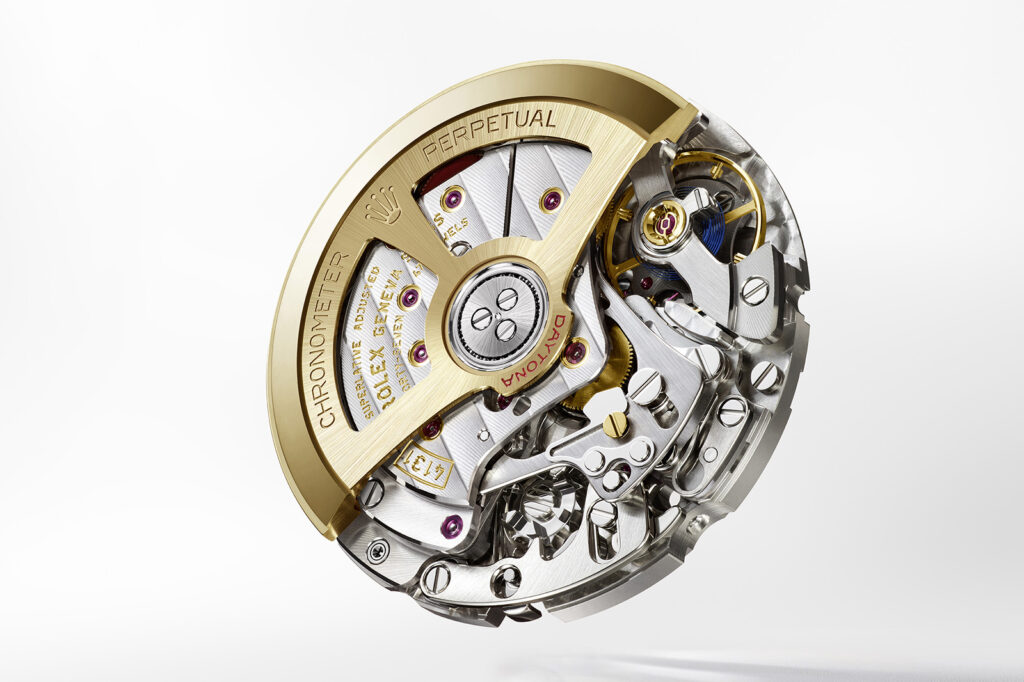
Significance to Automotive Aficionados
For automotive enthusiasts, the Daytona serves not only as a tool for timing but also as a symbol of a shared passion for speed, engineering excellence, and the thrill of competition. Wearing a Daytona often signifies an appreciation for the precision and artistry associated with both fine watchmaking and high-performance automobiles.
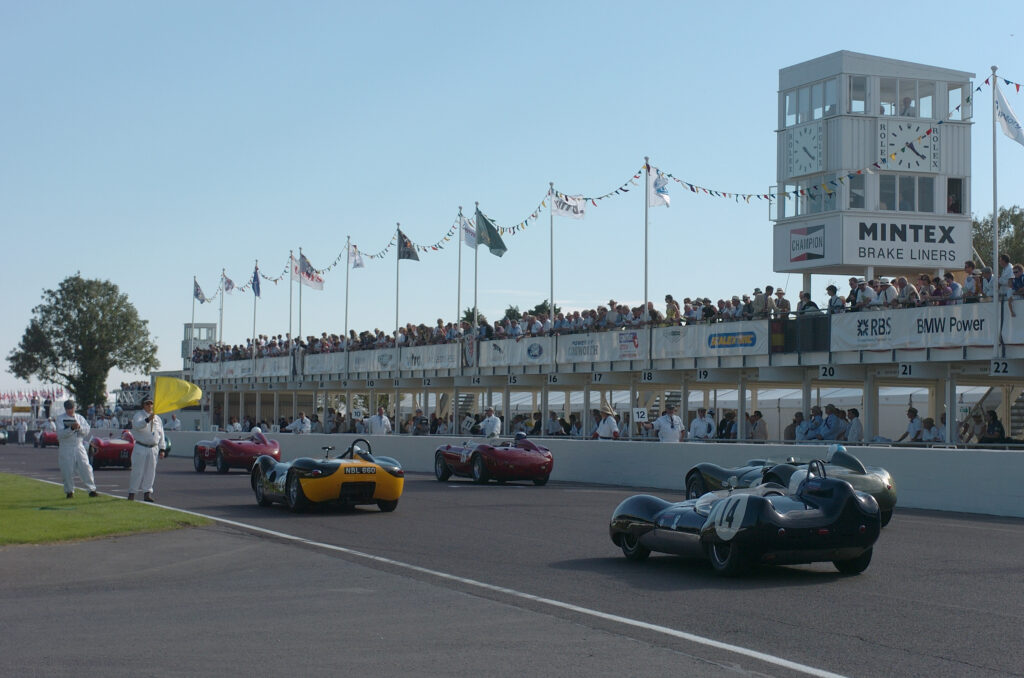
Enthusiasts often draw parallels between the meticulously crafted mechanics of a watch and the performance engineering of a high revving automobile. To own a Daytona is akin to possessing a piece of automotive history, hence it has achieved grail status for automotive and watch afficionados alike. To own a Daytona could be comparable to owning (dare we say) your dream 911.
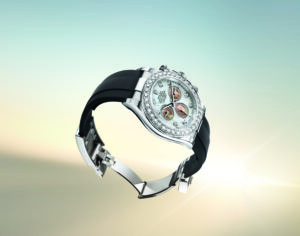
The duality of purposes as both a functional luxury timepiece and a coveted collector’s item underscores the Daytona’s significance in automotive culture and lifestyle.
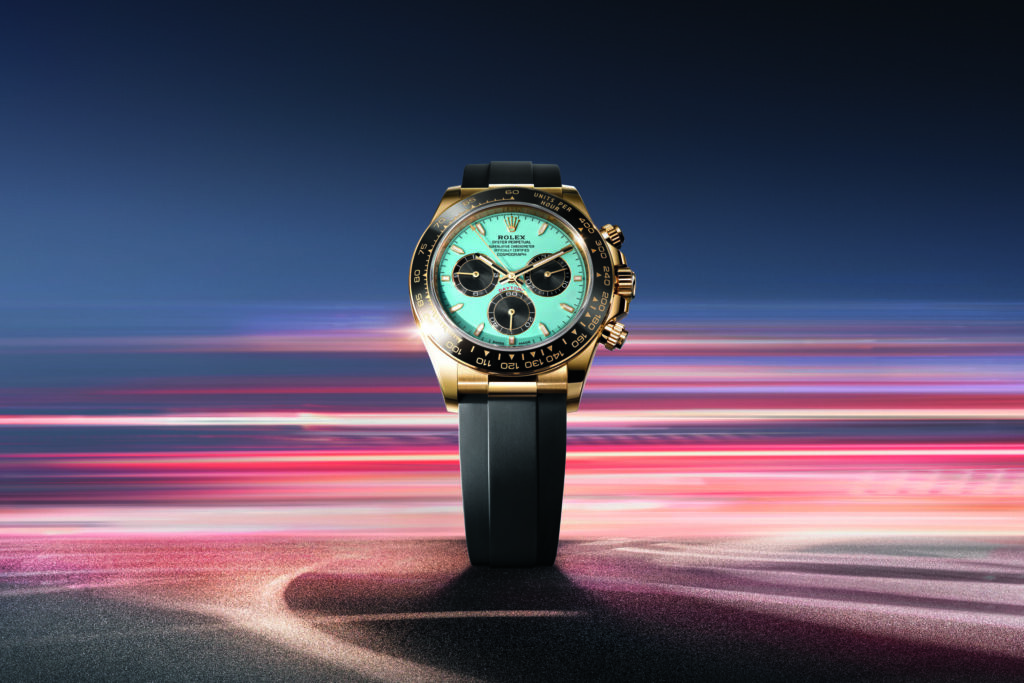
Conclusion
The Rolex Daytona stands as a testament to the intertwined heritage of watchmaking and motorsport. Its origins, marked by the demands of racing and the aspiration for precision, have shaped it into a prestigious symbol embraced by watch aficionados all over the world. More than merely a timepiece, the Daytona represents a passion for speed, engineering excellence, and for us automotive enthusiasts, owning a Daytona is the end game – a clear statement that you’ve made it. As the automotive world evolves, so too does the allure of the Daytona, ensuring its prominent place in the as one of the most distinguished timepieces one has to have. IT IS the Holy Grail of Rolexes.

